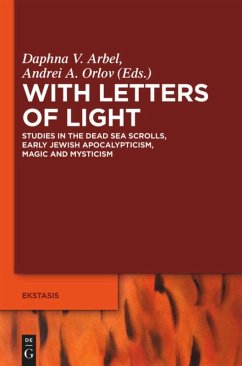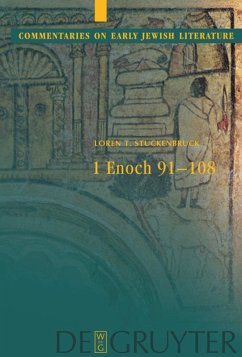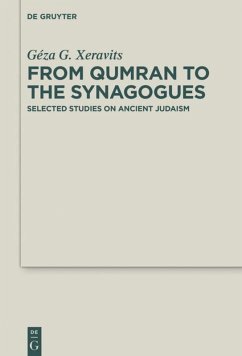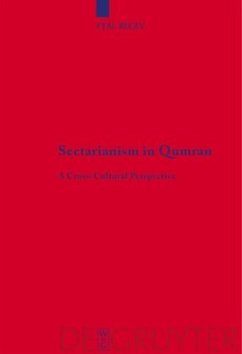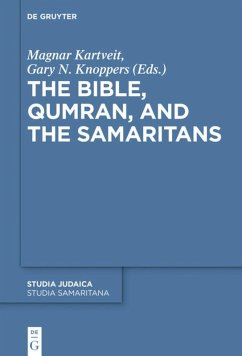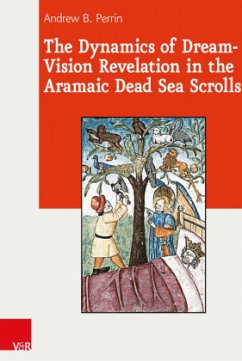Nicht lieferbar
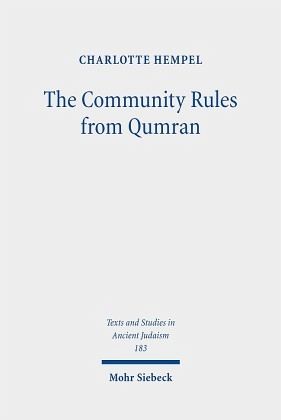
The Community Rules from Qumran
A Commentary
Versandkostenfrei!
Nicht lieferbar
Weitere Ausgaben:
In this volume, Charlotte Hempel offers the first comprehensive commentary on all twelve ancient manuscripts of the Rules of the Community, works which contain the most important descriptions of the organisation and values ascribed to the movement associated with the Dead Sea Scrolls. The best preserved copy of this work (1QS) was one of the first scrolls to be published and has long dominated the scholarly assessment of the Rules. The approach adopted in this commentary is to capture the distinctive nature of each of the manuscripts based on a synoptic translation that presents all the manusc...
In this volume, Charlotte Hempel offers the first comprehensive commentary on all twelve ancient manuscripts of the Rules of the Community, works which contain the most important descriptions of the organisation and values ascribed to the movement associated with the Dead Sea Scrolls. The best preserved copy of this work (1QS) was one of the first scrolls to be published and has long dominated the scholarly assessment of the Rules. The approach adopted in this commentary is to capture the distinctive nature of each of the manuscripts based on a synoptic translation that presents all the manuscripts at a glance. Textual notes and Commentary deal with the picture derived from all preserved manuscripts. The publication of the Cave 4 manuscripts in 1998 can be likened to a volcanic eruption that challenged prevalent notions of the Community Rules that were founded on the quasi-archetypal status of the Cave 1 copy published in 1951. Since then the smoke has lifted and, as the pieces have begun to settle, we see green shoots emerging in the scholarly debate.. This commentary embraces the post-volcanic landscape of the Community Rules, which is carefully sifted for clues to establish a fresh reading of the material in conversation with the latest research on the Scrolls. The evidence suggests that some of the practices described as the beating heart of the movement's organization reflect the aspirations of a privileged sub-elite from the late Second Temple Period.





